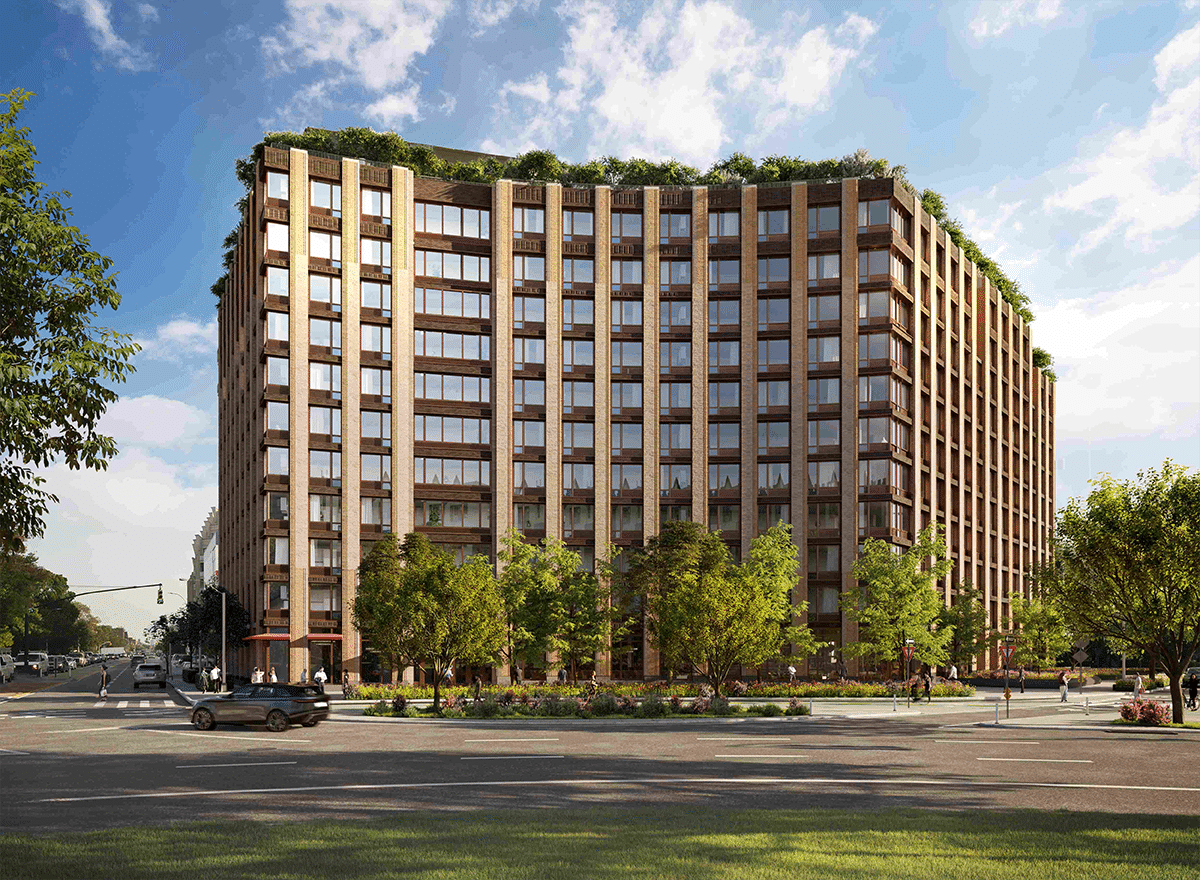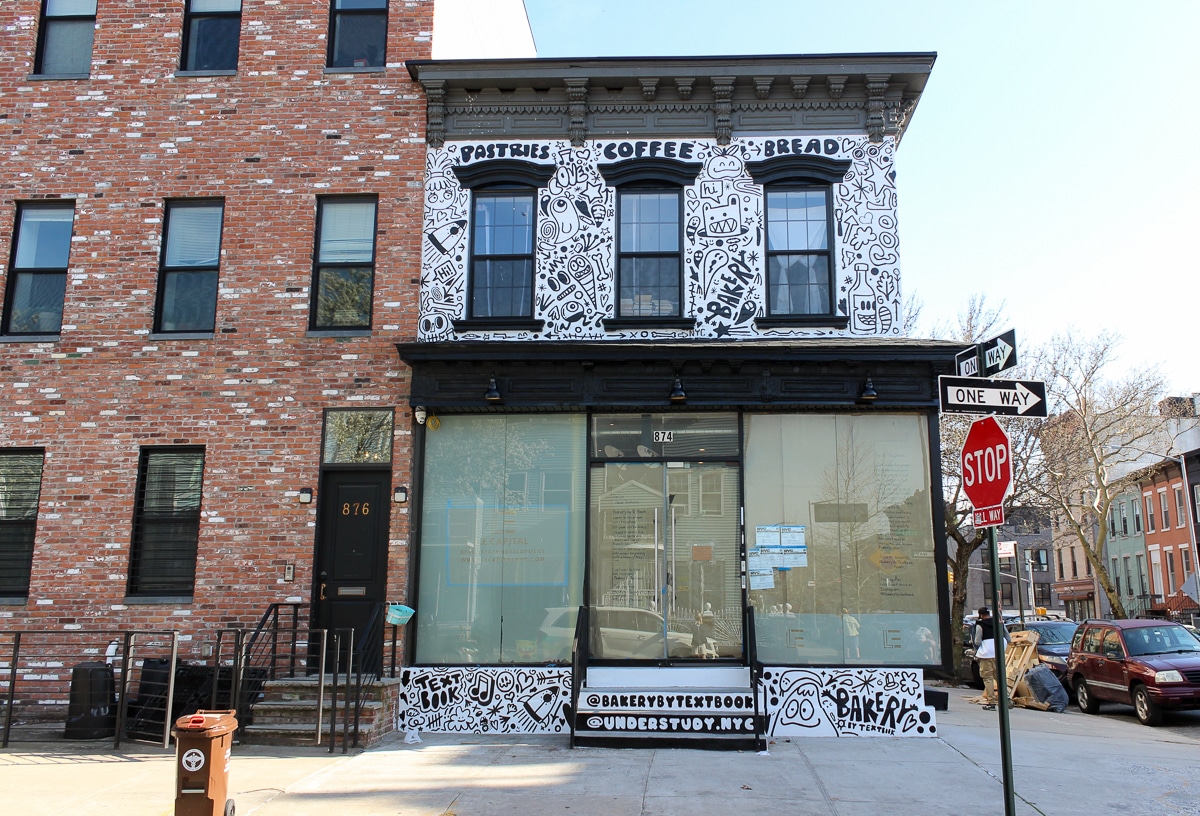Walkabout: Shine a Light, Part 6
Read Part 1, Part 2, Part 3, Part 4, and Part 5 of this story. I am fascinated by lighting. A long time ago, soon after coming wide-eyed to the city, when I was starting out in theater arts, as well as interiors, I discovered the importance of good lighting, and the amazing results the…


Read Part 1, Part 2, Part 3, Part 4, and Part 5 of this story.
I am fascinated by lighting. A long time ago, soon after coming wide-eyed to the city, when I was starting out in theater arts, as well as interiors, I discovered the importance of good lighting, and the amazing results the right lighting could bring to a set, a display or a room.
The first lighting designer I ever met, those long years ago, told me about how he made a good living going to wealthy people’s homes and lighting their artwork. I had only recently moved to NY, and the notion of someone paying someone else to position some lights totally amazed me.
The jobs you can get in NY! I’ve since learned how valuable good lighting can be, both commercially and in the home. The past five articles have been about the history of home lighting, and I’ve only touched the surface of a huge body of information.
When you get to the 20th century, and the wonders of electricity, as well as the immense talent working in the decorative arts, well…it would take weeks to highlight every style, mention all of the vastly talented people who designed some of the iconic shapes we still know well, or talk about advances in decorative and task lighting that have changed how we live. I can’t do them all, but there are some highlights.
As I mentioned in an earlier piece, the turn of the 20th century brought us some of the greatest examples of decorative lighting ever. The Art Nouveau Movement in Europe and the United States gave us nature’s shapes and forms in glass, wood and metal.
Artists like Louis Comfort Tiffany and Clara Driscoll, for Tiffany Glass, created wonders in stained and blown glass. In Europe, where the sinuous naturalistic shapes of Art Nouveau were much more popular, Majorelle et Daum Freres, Rene Lalique, and Emile Galle Studios, among others, produced amazing lighting that is priceless today.
The philosophies and works of the British Arts and Crafts movement of the late 1800’s inspired the Craftsman Movement here in the United States. Lighting was an important part of the aesthetics of Craftsman architecture and furnishings, and many important trends resulted from the works of Gustav Stickley, the Roycroft Studio, Greene and Greene, and early Frank Lloyd Wright.
The hand hammered copper lights of Dirk Van Erp for the Roycrofters, the now familiar angular hanging oak, metal and glass fixtures of Greene and Greene and imitators, and the angular, geometric shapes of Frank Lloyd Wright are now familiar parts of today’s lighting vocabulary.
Going in a totally different direction were the industrial chrome and glass lighting fixtures of the Austrian designer Josef Hoffmann, a forerunner of the Art Deco designs to come. Then comes the very clean and functional shapes of the Bauhaus designers of the 1920’s, with lighting fixtures that look as contemporary as last week.
While they were changing the world of architecture, the Bauhaus architects and product designers changed the world of interior design and the decorative arts as well. The classic adjustable counterbalanced task light, with the metal shade, clipped to every desk in the world, or standing in a table version, was designed in Europe by Bauhaus designers in the 1920’s, as was the classic gooseneck adjustable desk lamp, designed by Mariane Brandt in 1927. They were soon joined by the Art Deco designers who gave us angular, space-aged shapes, well before the 1950’s and Sputnik.
Which is not to say that more modest changes were not also happening. The resurgence of the Colonial Revival, as well as all of the other Revivals; Southwestern Mission, Spanish/Moorish, Hollywood Gothic, Tudor and Medieval Revivals brought out a wealth of lighting options ranging from the beautiful to the absurd, from period appropriate to fantastically tacky.
As electricity became a staple in every home, and the technology to wire homes for lighting and appliances grew more sophisticated, lighting for the middle classes became huge, with unlimited options. Table and floor lamps were everywhere, and in every style.
A stylish homemaker now had to have the right lamp for certain pieces of furniture; an end table, or a credenza, bedside tables, and night lights: lamps to read by, as well as lamps that made a fashion statement. The invention of television gave us the television lamp, and how could we forget Capodimonte porcelain figurine lamps, stalking black panther lights, Chinese lanterns and eventually lava lamps?
Today, if we own an historic home, and we want to have our lighting be period appropriate, we now have so many options. Original lighting fixtures can be converted to electricity, or restored and upgraded to today’s standards. We can choose from a multitude of companies that make faithful reproduction lighting, with today’s wiring and power needs.
Or we can throw period to the wind, and go for something modern, or ethnic, plain or fancy. We can use incandescent bulbs, or fluorescent, halogen, or LED. We can get state of the art or buy faithful reproductions. Industrial lighting, barn lights, factory and school lights, even stage and photographer’s lights are popular in our homes. You are only limited by your imagination, your level of taste, and your budget. Good luck.














beautiful collection. I love the counterpoise lamps. They are quite pricey now. I have a pair of Nessen floor lamps designed by Shelton Mindel. Lighting is so important for design!
http://www.nessenlighting.com/product3.php?product_number=NF412
minard- *groan!*
I love that desk lamp MM! The others are beautiful too- like you I am fascinated by lighting. Some of it was so fantastiacal (is that a word?)- someday you have to do an antrhropological study of the meaning of lamps and chandeliers throughout history 😉
MM, Thank you for this very interesting series. It was both enjoyable and illuminating (sorry).
cheers!
THAT is a beautiful lamp, inspired so many more designs
the bauhaus show at MODERN last year was very interesting